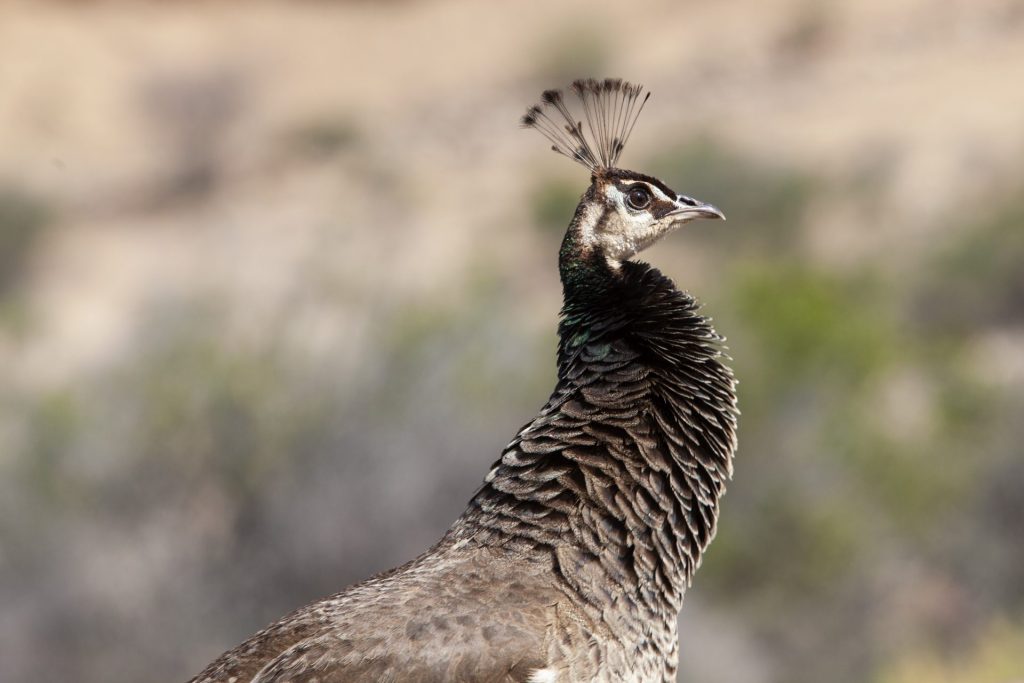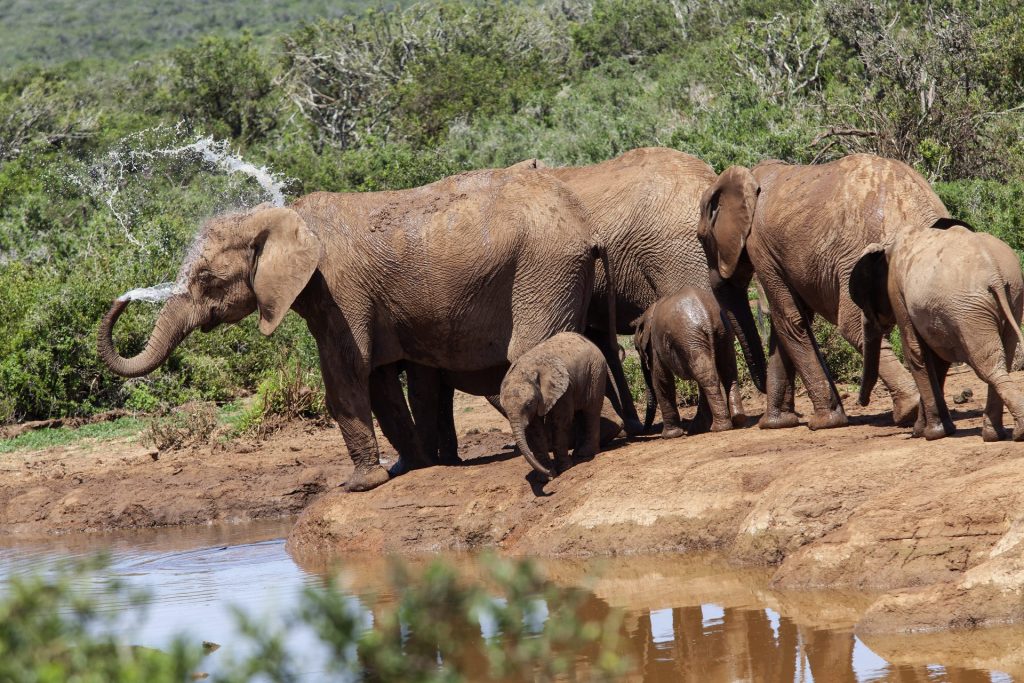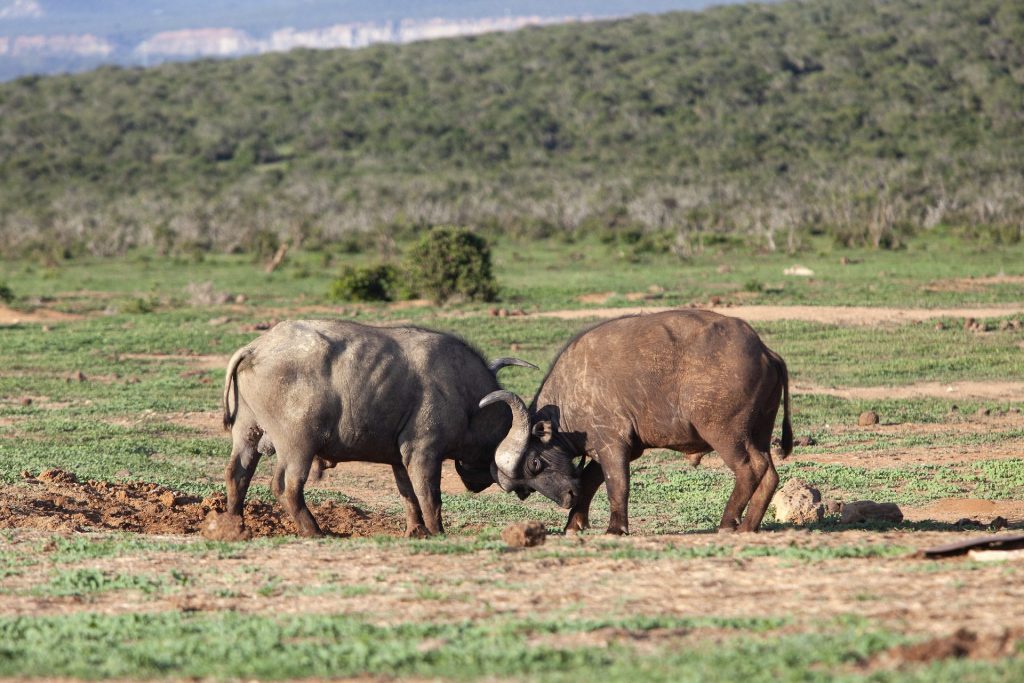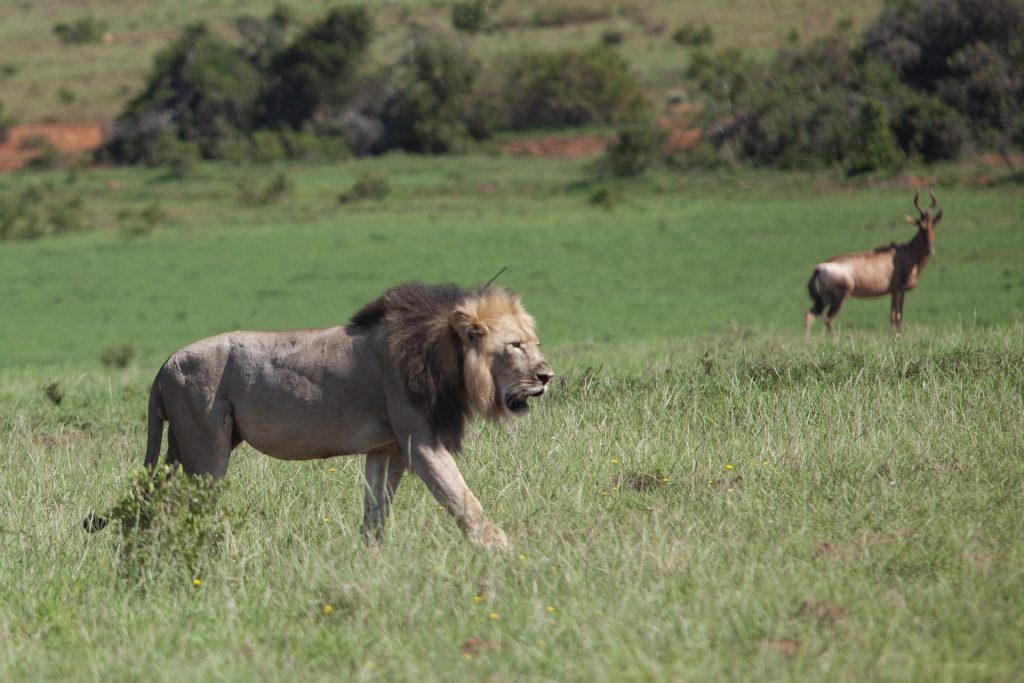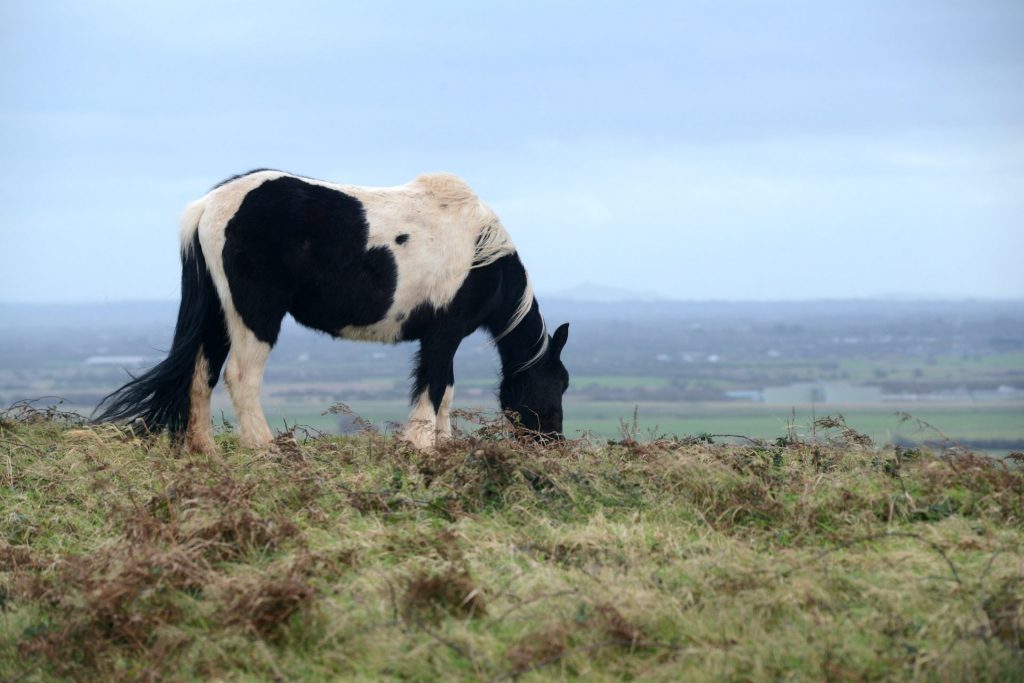Hints and tips for photographing animals and insects
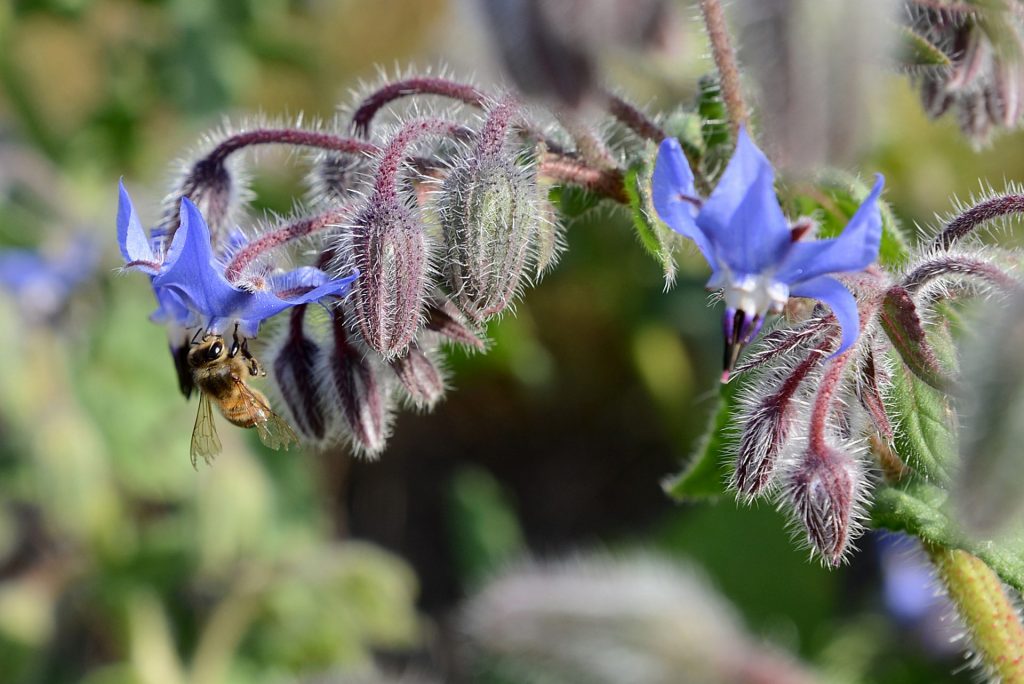
Happy world earth day one and all.
Mother Earth is a complete marvel and should be celebrated everyday, but on the 50th anniversary of it’s special day, I hope that many more people will be thinking seriously about the best way to protect her. One of the biggest benefits of the current situation seems to be the improvements to the state of the ozone layer and air quality, it has also allowed nature and wildlife to thrive in places it normally wouldn’t . With the nice weather continuing in the UK I thought today I would do a little post about capturing animals and wildlife with your camera (or phone).
Finding a subject to shoot and how to shoot it.
We can help the wildlife and ourselves by attracting some wildlife into our own gardens , bird feeders and watering stations are really useful and give an easy focal point to watch, a lot of the birds will become regular visitors and will allow you a certain amount of trust which should make it easier to photograph them. You can even buy bird feeders that will attach to a window, so you don’t even need an outside space.
Tip 1: Using a long lens (telephoto/ or zoom) and a hide or a bush to hide behind is great idea if possible, but staying still when trying to photograph wildlife is the most important thing to do, as animals are easily spooked. Once you have got a few shots that you are happy enough with then you can try and move closer to your subject if your lens is not quite long enough by taking a few slow steps at a time, but don’t rush it, its better to get something you can crop in post production instead of nothing at all.
Insects can be attracted by planting plenty of plants and flowers, look out for bulbs and seeds that are bee friendly, the bright colours make for attractive backdrops for our photographs. Alternatively don’t cut down your weeds. Dandelions especially in early spring can be a life saver for bees who pollinate 85% of all the world flowering plants, so helping them is really helping all of us and it means less weeding. Dandelions are also edible for humans so you really can’t go wrong. Watering stations for bees are also important and something that is overlooked, just filling a shallow dish with some small pebbles and a little water gives them an easy place to drink.
Tip 2: A macro lens is really invaluable when shooting details and small subjects like insects. They range in price and quality but relatively cheap lenses can be bought for all camera types and as add ons for most phone cameras.
Tip 3: Find a plain or simple background, so your picture is all about your subject. You can use your aperture to soften the background if it looks a bit messy, I would shoot at a maximum of f5.6 but ideally lower. If you are using a phone that allows it, you can try setting it to portrait which will give you the same effect. Try focusing on the eye as it is what people are drawn to ( though maybe not with the insects).
Tip 4: BUT check your speed. Always take notice of your shutter speed this will help make sure your photographs are sharp. This becomes increasingly important when photographing action or moving animals. In aperture priority mode for instance the shutter speed can be modified by changing the aperture and ISO values. With good camera and lens support a portrait can be photographed at anything from 1/50 to 1/320 second shutter speed. When things start to move the speed of your shutter needs to increase, to help capture the movement and keep your image sharp. Walking animals from 1/400 to 1/800, running animals from 1/1000 to 1/1250, flying birds from 1/1600 to 1/2500, and small, fast flying birds at 1/3200. Check out some of the local wildlife pictures taken by Somerset Photographer Les Pickersgill on his facebook page he has some great shots of Birds and insects in flight.
Tip 5 : BE READY. Choose your camera settings for what you want to shoot BEFORE you set out to find your subject, animals don’t tend to give you a second chance.
Tip 6: Practice. If your not ready to shoot the fast moving creatures, practice first, try it out on your pets, dogs are generally more helpful than cats in this situation, but you can try both, they will move around so you can practice capturing the motion, and will give you a few chances to test camera settings. Alternatively, and a fun one to try with small children. Find a snail, you can easily move and place a snail in a scene you can set up yourself, a nice easy slow starting point to get you going.
Have fun out there and please post you results on my facebook page at Aisling Magill Photography.
